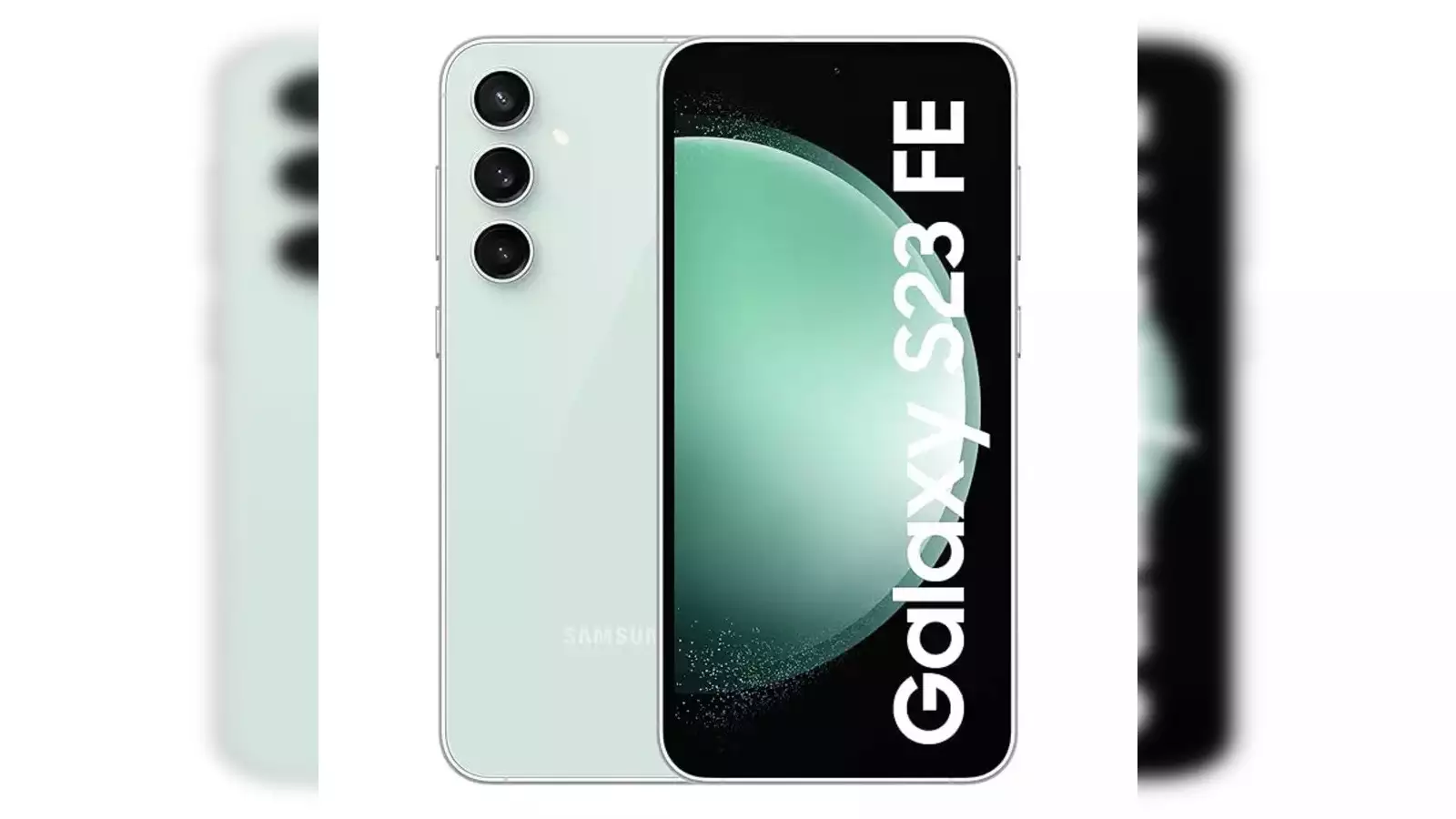Welcome to the ultimate guide to unlocking the full potential of your Galaxy S23 FE! With its sleek design and powerful features, the S23 FE is more than just a smartphone – it’s your gateway to seamless connectivity and productivity. In this blog post, we’ll explore five essential tips to optimize your S23 FE experience, from customizing button functionalities to preserving battery life and embracing the latest Android innovations. Let’s dive in!
Here’re The Tips to Optimize Your Galaxy S23 FE

Table of Contents
Customize the Side button’s function
Customize the Side button’s function on your Samsung device to suit your preferences beyond just powering the phone. Here’s how:
- Navigate to the Settings app.
- Tap on “Advanced features.”
- Locate and select “Side button.”
- Choose from various functions you desire for the Side button.
- You have the option to configure both single and double taps, so pick the options that align best with your usage habits.
Add widgets to your lock screen
Unlock the potential of your Galaxy phone’s lock screen by adding widgets, introduced in a recent version of One UI. These widgets provide convenient access to crucial information without the need to unlock your device. While the available selection of apps with lock screen widgets may be limited initially, it’s expected to expand over time.
Here’s how to do it on your S23 FE:
- Access the lock screen.
- Long press on the home screen.
- Authenticate your identity if prompted.
- Tap on “Widgets” below the clock icon.
- Browse through the list of apps and choose the widgets you want to add to your home screen.
Customize Your Device’s Look with Material You Theming
Personalize the appearance of your device with Material You theming, a feature introduced by Google with Android 12. Material You dynamically adjusts the color scheme of various UI elements to create a cohesive look and feel. You can synchronize the theme with your phone’s background or opt for a custom color scheme.
Here’s how to do it:
- Long press on your home screen to access Settings.
- Tap on “Wallpaper and Style” located in the lower-left corner of your home screen.
- Choose the “Color palette” option.
- Toggle the switch to enable the Color palette.
- Select a palette from the suggested options.
- Finally, tap on “Apply” to implement the chosen palette.
Customize Your Android Quick Settings for Quick Access to Essential Features
Accessing your essential settings swiftly is made easy with Quick Settings on Android. While default options like Wi-Fi and Bluetooth remain, you have the freedom to personalize the tiles for quick access.
Here’s how:
- Swipe down on your home screen, then swipe down again to fully expand the Quick Access menu.
- Tap the pencil icon located at the top of the screen.
- Choose “Edit” to customize either the top or full menu.
- Arrange, add, or remove tiles according to your preferences.
Elevate Your Android: Gesture Navigation for Speed and Customization
Switching from traditional button navigation to gesture-based navigation in Android offers a quicker and more customizable way to move around the user interface. While some users may prefer the familiarity of buttons, gestures can enhance the overall experience.
Here’s how to enable gesture navigation:
- Open the Settings app.
- Tap on “Display.”
- Select “Navigation bar” from the list.
- Choose the “Swipe gestures” option.
- Explore “More options” for additional customization of gesture controls.
Conclusion
In conclusion, the introduction of gesture navigation in Android provides users with a faster and more customizable way to navigate their devices. While traditional button navigation may be familiar to many, embracing gestures can enhance the overall user experience. By following simple steps in the Settings menu, users can easily switch to gesture navigation and explore additional customization options to tailor their Android experience to their preferences.

Leave a Reply